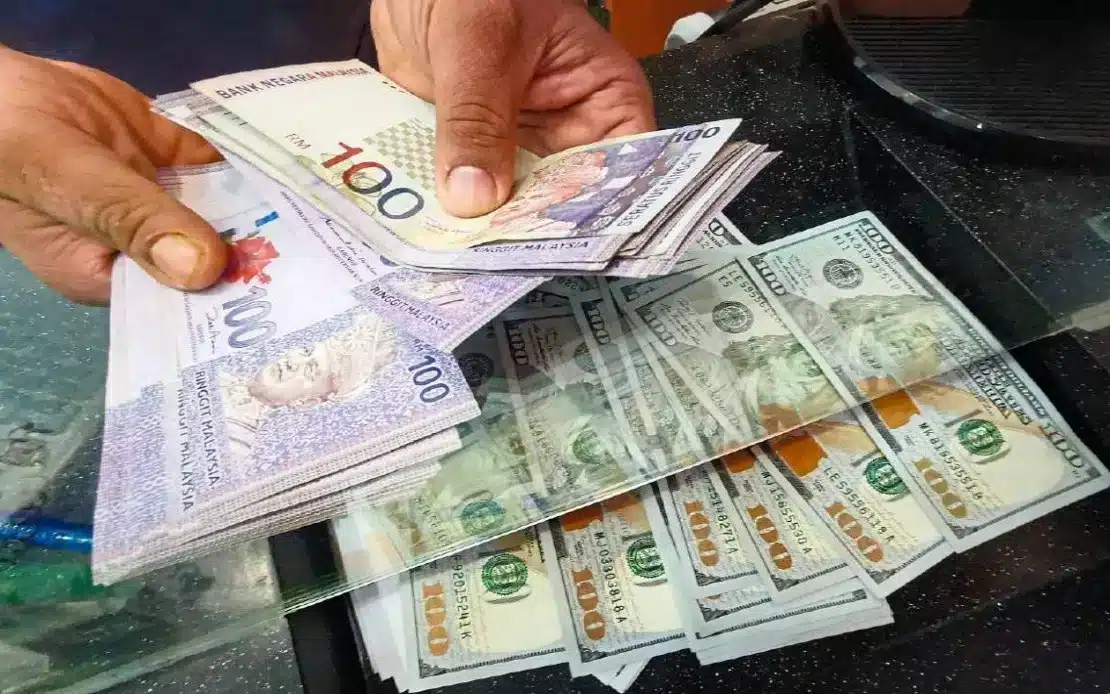KUALA LUMPUR, Nov 14 — The ringgit remained broadly stable against the United States (US) dollar with a marginal appreciation of 0.05 per cent in the third quarter (3Q) of 2025 and a year-to-date (YTD) appreciation of 8.2 per cent as of Tuesday (November 12), said Bank Negara Malaysia (BNM).
Its Governor Datuk Seri Abdul Rasheed Ghaffour said both external and domestic factors drove the ringgit’s movement.
On the external front, the US Federal Reserve’s monetary policy easing in September, coupled with expectations of further rate cuts amid growing concerns about the US economy’s outlook, has supported the ringgit during the quarter.
“In addition, the announcement of trade agreements between the US and several of its trading partners, including Malaysia, has helped ease tariff-related uncertainties and improve sentiment, further supporting the ringgit’s performance,” he said in a statement today.
Domestically, Malaysia’s positive economic growth prospects, supported by the government’s commitment to domestic structural reforms and fiscal sustainability, will continue to provide support to the ringgit.
“BNM remains committed to ensuring the orderly functioning of the domestic foreign exchange market,” Rasheed said.
The ringgit’s nominal effective exchange rate (NEER) also appreciated by 0.8 per cent in 3Q and 5.3 per cent YTD as of November 12, against the currencies of Malaysia’s major trading partners.
Meanwhile, BNM noted that credit to the private non-financial sector grew by 5.9 per cent in 3Q 2025, up from 5.2 per cent in 2Q 2025.
“Outstanding corporate bonds expanded by 7.3 per cent (2Q 2025: 4.3 per cent) while growth in outstanding loans was sustained at 5.6 per cent (2Q 2025: 5.5 per cent), it said.
Business loans grew by 5.4 per cent versus 4.5 per cent in 2Q 2025, following higher growth in investment-related loans, particularly among non-small and medium enterprises (SMEs).
SME loan growth also increased slightly, supported by rising working capital loan volumes amid sustained application volumes for this purpose.
“Household loan growth moderated slightly to 5.7 per cent (2Q 2025: 6 per cent) following slower growth for personal use loans.
“Notwithstanding, household loan demand remained broadly steady across most purposes and was met by sustained approvals,” BNM said.




